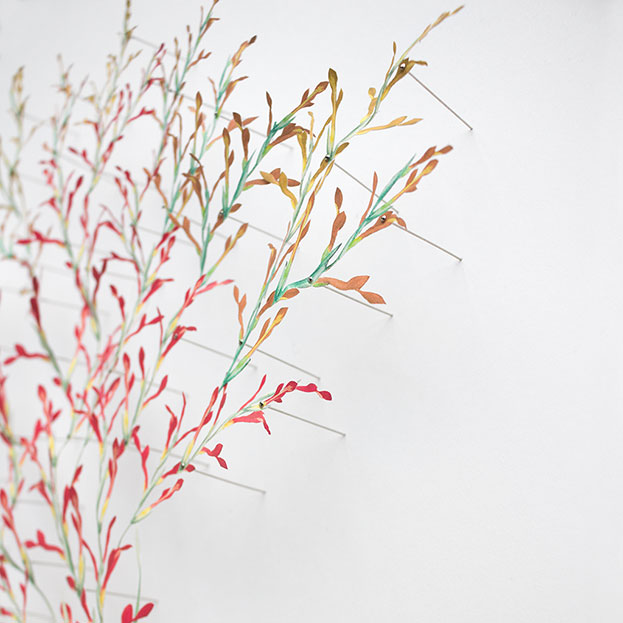 Antholyza cunonia hybrid (detail)
Antholyza cunonia hybrid (detail)
Click or tap this image or any other here to view them in a slideshow
Sarah Misra always had a latent interest in botany. A self-professed “flower and tree tourist,” the young artist looks up local arboretums and botanical gardens whenever she is in a new city. But it wasn’t until three years ago when she crafted a Valentine’s Day card for her husband with cutouts of old pictures of flowering bulbs that her latent interest blossomed into inspiration for a series of fanciful collages of imagined plants – Selections from the Herbarium.
Using a few simple materials – thread, paper, cutouts of digitally manipulated images of pressed flowers and leaves, and the rudimentary tools of a botanist, scalpel, tweezers, and dye – Misra creates fictional hybridized plant species, which she mounts with pins in wood-and-glass box frames that resemble early specimen cases. The end results are enchantingly delicate compositions so like real plant specimens that they compel viewers to lean in for a closer look.
The flowers in most of the collages are based upon real species. That, and the taxonomy-based names of many of her pieces – Tulipa cornuta, Amaryllis formosissima hybrid, Ixia longiflora hybrid – lend an extra touch of authenticity to the creations.
“Initially, I was just really enjoying the technique – it’s very meditative and you turn out these satisfyingly delicate cutouts,” Misra says. “But the whole thing really took off when I started looking at historical botanical specimens online [in search of] source materials.”
That search led her to a deeper understanding of the structure of plants, their biochemical processes, their relationship with the environment, and even the logic behind their taxonomy. “I managed to learn a great deal of science even though I wasn’t intending to,” Misra says. And it also provoked deeper questions about humans’ role in nature, about our ability to both destroy and foster biodiversity. Questions that she then began to incorporate in the artwork as well.
Though the plants in many of the pieces are brightly colored, in others they are shown fading away, the way most pressed plants and flowers tend to do over time, inviting the viewer to think about “what is gained and lost as biodiversity ceases to become a natural phenomenon and instead becomes a man-made institution,” Misra explains in her artist’s statement about the series.
The artist’s own explorations of the botanical world have led her to conclude that human interventions in nature can result in both good and bad. They have, for example, led to the loss of many species but also the creation of some new ones that are useful and beautiful in their own right.
“It’s hard to say unequivocally that human intervention in nature is not in any way good, but it’s good to reflect on what interventions you make to what end,” Misra says. And that’s the message, she hopes, people will take away from a viewing her fanciful flora.
—Maureen Nandini Mitra
See more of Sarah Misra’s work at sarahmisra.com.
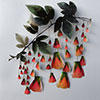


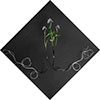

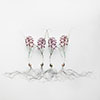
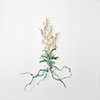
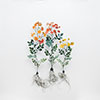
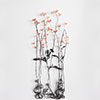
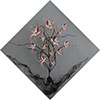
Click or tap any of these images to view all of them as a slideshow
We don’t have a paywall because, as a nonprofit publication, our mission is to inform, educate and inspire action to protect our living world. Which is why we rely on readers like you for support. If you believe in the work we do, please consider making a tax-deductible year-end donation to our Green Journalism Fund.
DonateGet four issues of the magazine at the discounted rate of $20.